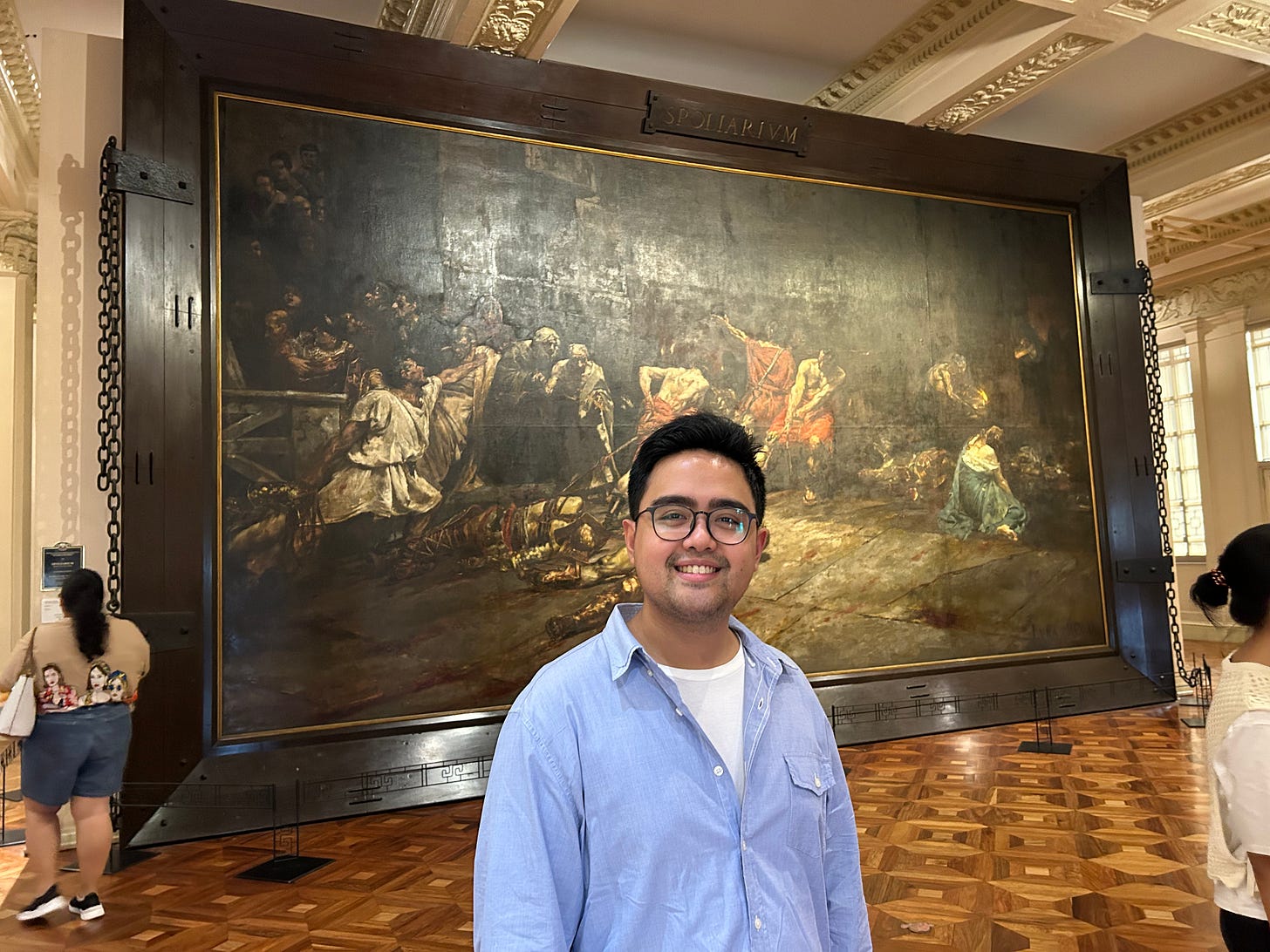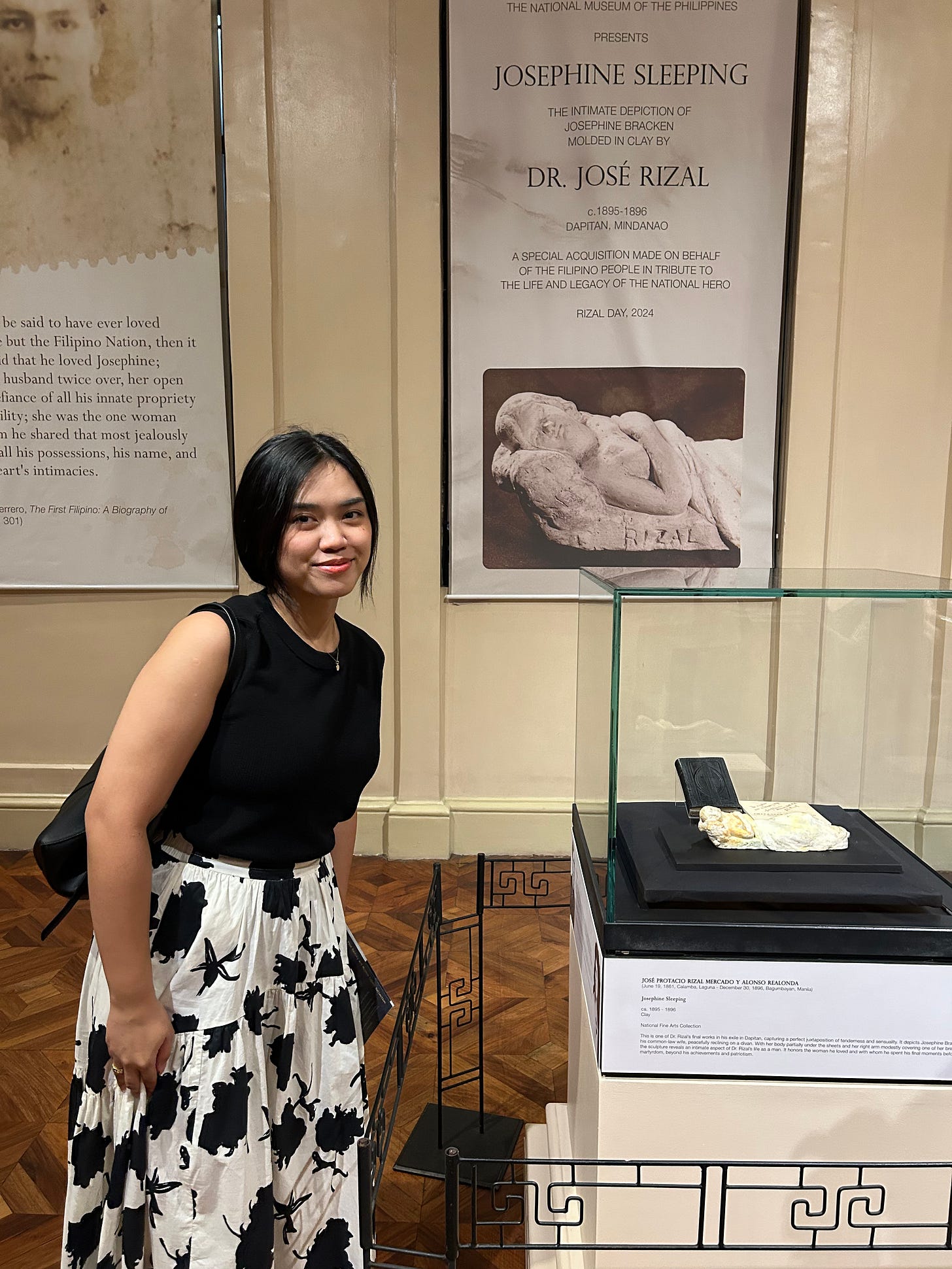Wellbeing and Kapwa Ecology
Filipino psychology goes beyond the limits of the individual bodily experience.
Filipino psychology goes beyond the limits of the individual bodily experience. It includes other people (kapwa) and nature (especially manifested in animist beliefs). This is what I argued in my most recent academic article, “Filipino Psychology is a Transpersonal Psychology,” published in the Journal of Humanistic Psychology.1
The notion that Filipino psychology is transpersonal (that is beyond, trans, the person) should be quite intuitive:
Our personal identity (pagkatao) is best expressed by expanding our interiority (loob) through action (kagandahang-loob).2 Poet-philosopher Albert Alejo uses a beautiful metaphor: islands seem separate, yet once we dive deep we discover they are connected.
Our relationship with other people is shaped by a form of kinship that recognizes a shared humanity (kapwa).3 Culture scholar Katrin de Guia says it is finding the “self in the other.” In the paper, I call it “Kapwa Ecology.”
Our folk beliefs, until today, express a world that is filled with invisible forces. Our holistic wellbeing is tied to these forces, in that we must treat nature with respect as part of our overall health. This, I think, is intuitive enough: we need fresh air, nourishing food, and clean water. Today, we have smog, preservatives, and microplastics, among other damaging things. What feels like “superstition” is really a deeper form of meaning-making that finds the self as part of a sustainable world.
This transpersonal perspective has a lot to do with our sense of wellbeing, or kaginhawaan, something I discussed in a talk I did for some students of Philippine Normal University back in February. Here is the recording:
Recent Releases
The audio recording of my conversation with nature storyteller Celine Murillo is now available, for FREE to the public. There are both PDF and EPUB versions of the translated and edited transcript. Those interested can access it here.
The recording of my lecture on Confrontative Values in Filipino folk psychology will be uploaded for subscribed members of my Patreon.
For those who have not been able to buy my physical zines, you can purchase the digital versions here. There are currently 6 available titles:
Spirits, Folk Belief, and the Filipino Soul
Finding Filipino-ness
Kaginhawaan (Mental Health Resources)
Sikolohiya ng Kababalaghan (Parapsychology)
Ang Ating Anino: Filipino Shadow-Work
Kapwa Spirituality
Care for the Inner Garden
On the day of my talk at PNU, my partner Toni suggested that we could walk around the area and do an impromptu Manila date. Manila—and I’m talking about Old Manila, not the larger, more commercial Metro Manila—is notoriously dense and dangerous. Though you can walk it, it is not a “walkable city.” I’m based in Rizal, so I don’t usually like going to Manila unless I have to do something there, such give talks or attend events.4
Since we were already in Manila, Toni and I went to the National Museum of Fine Arts. As an artist herself, it can be so enriching to be surrounded by the great masters of history. We like visiting galleries together.
Recent Readings
A few weeks ago, I finished reading Isabelo de los Reyes’ Anitismo (1909), translated by Charles Augustus Marcum III. This book was a gift given to me by Luna Brujeria, a local occult bookshop—I’ve gotten most of my books on folk religion and shamanism from them. They have been a consistently reliable source of books that are hard to find. Anyway, I had asked them what book they might recommend for Philippine animism, because at that time I was just about to embark on a personal journey to experiment with folk practices.
The manuscript itself is an important piece of literature; my only feedback is on the quality of translation and the lack of scholarly care given to it. I was often distracted by inconsistencies in both grammar and spelling, and there were many times that I had to fact check certain things—something that I would not have to do if the document was properly annotated. In any case, since this is probably the first time that Anitismo was translated into English, it still is an achievement, even though it feels like an early draft. I expect future editions to have the quality of Salud Dizon and Maria Elinora Peralta-Imson’s stellar translation of Reyes’ El Folk-lore Filipino (UP Press, 1995).
Support the work and access exclusive content by becoming a member on Patreon. 🌞
This journal was co-founded by Abraham Maslow in 1961, and its contributors include folks who have shaped my perspective on psychology, such as Carl Rogers (client-centered therapy) and Ken Wilber (“Psychologia Perennis”).
Read the work of Albert Alejo and Jeremy Laquesty-Reyes.
Read the work of Virgilio Enriquez and Katrin de Guia. Alternatively, read Leonardo Mercado’s concept of “sakop,” which is more hierarchical.
From where I live, it takes me around 1.5-2 hours to get to Manila by car or using public transportation, depending on the ease of traffic. On really intense days, it might take longer.






